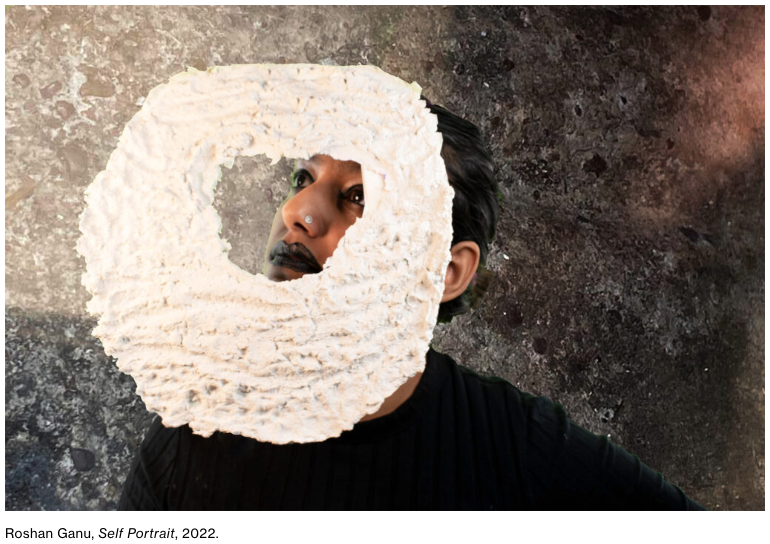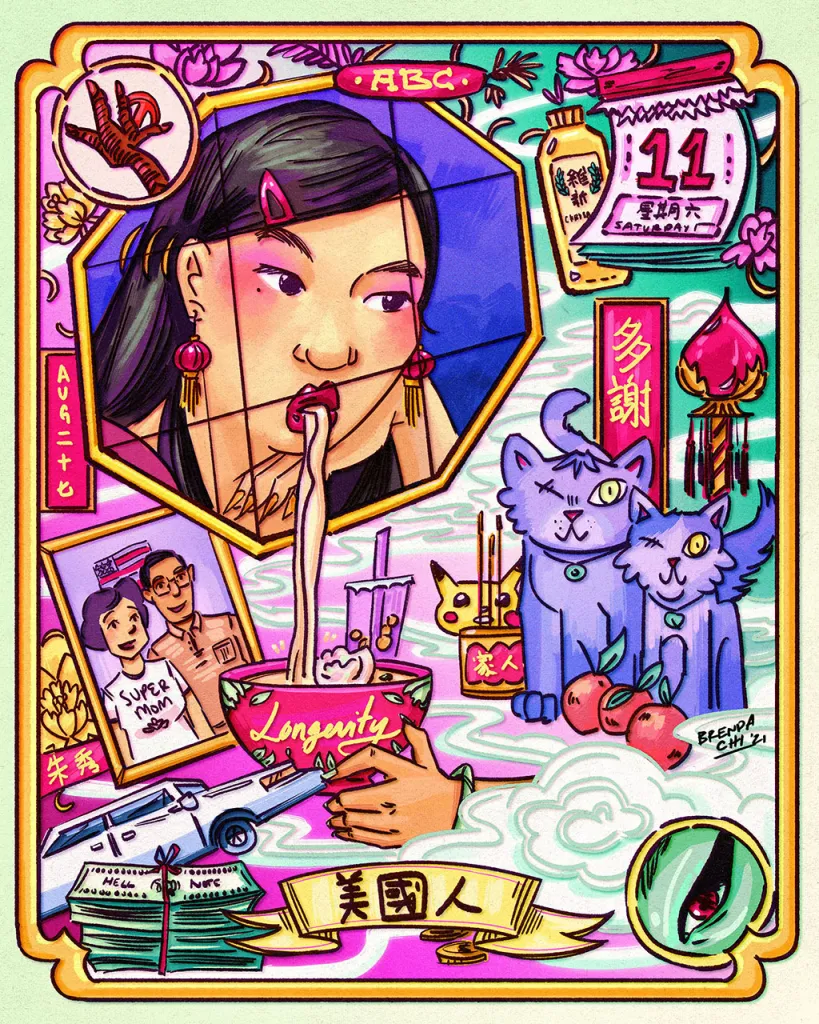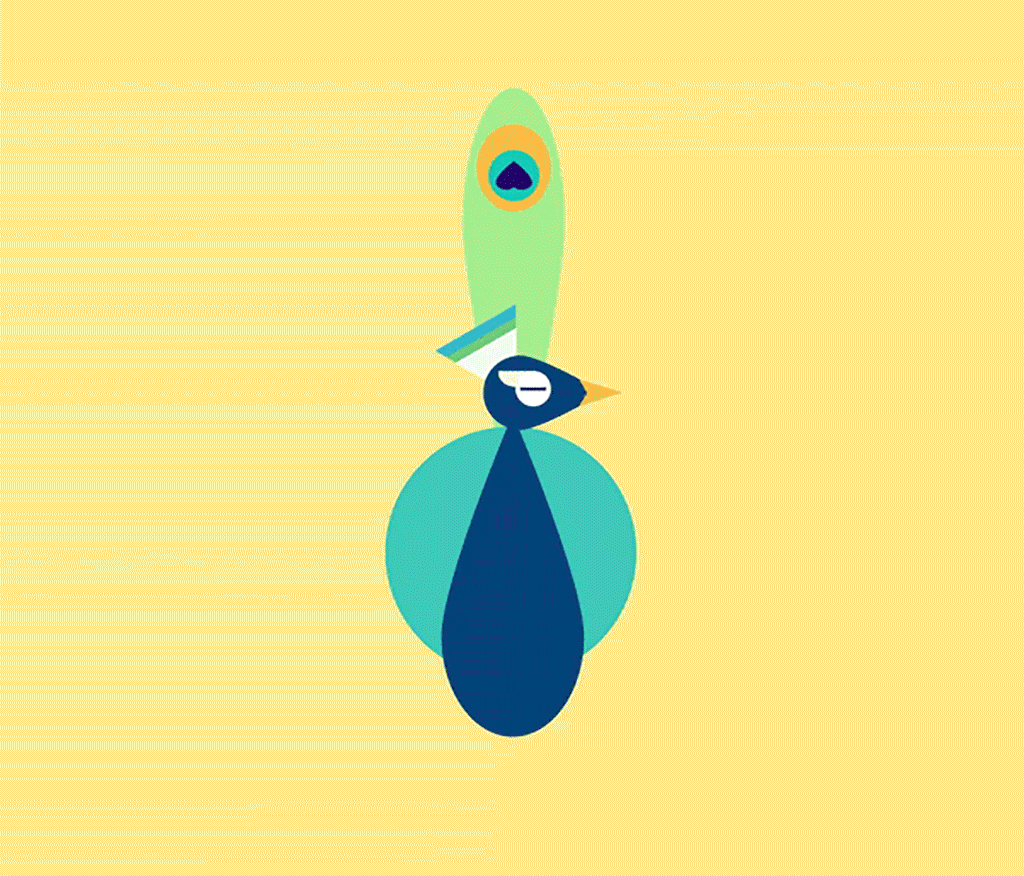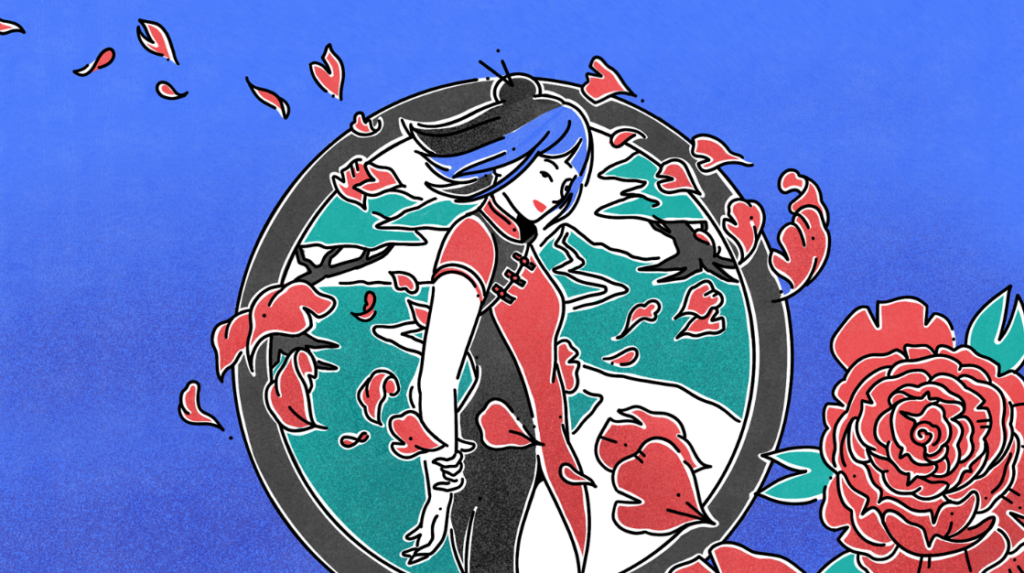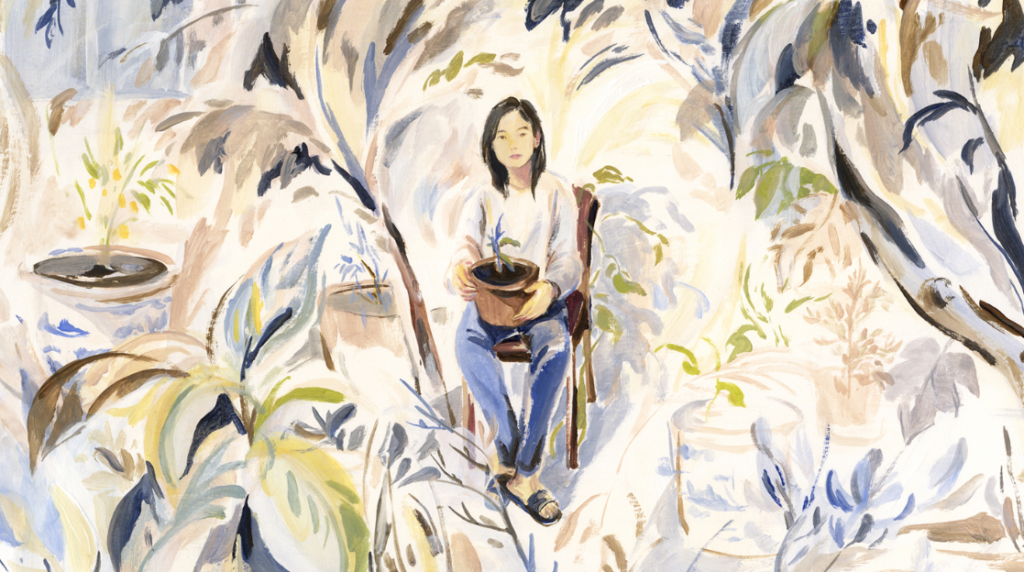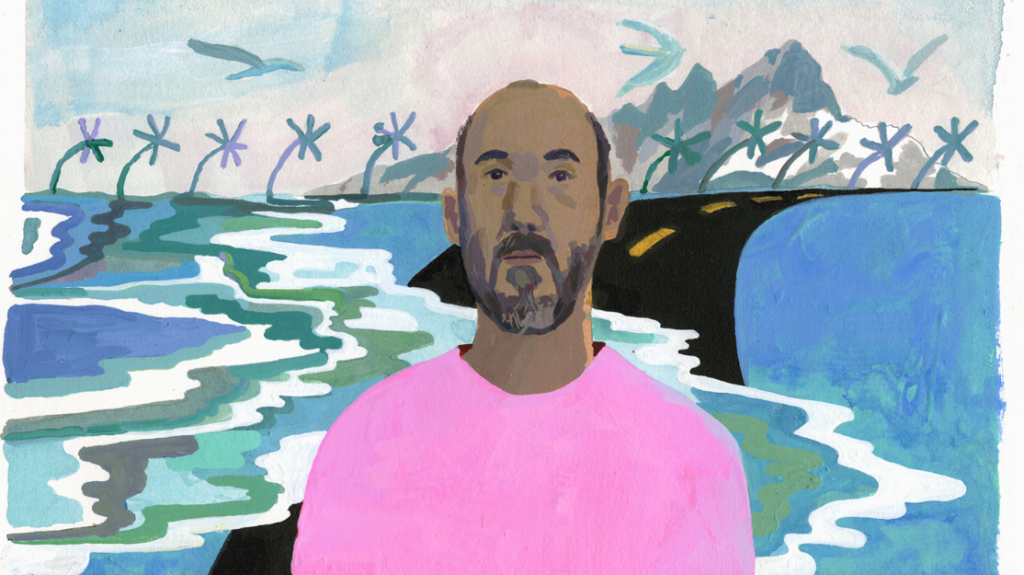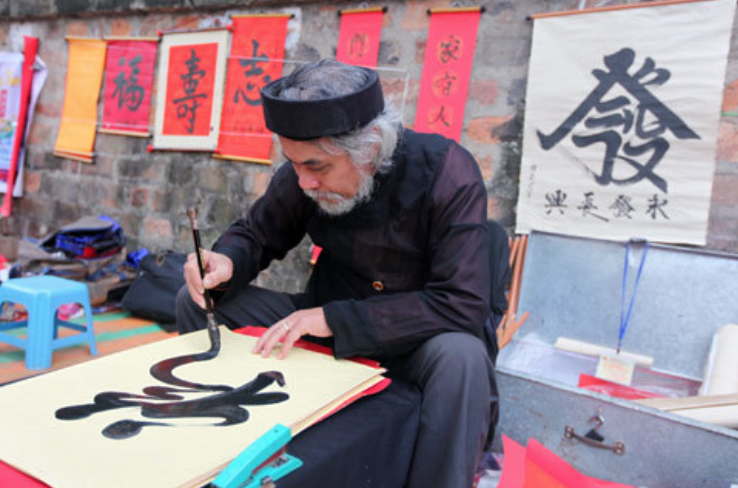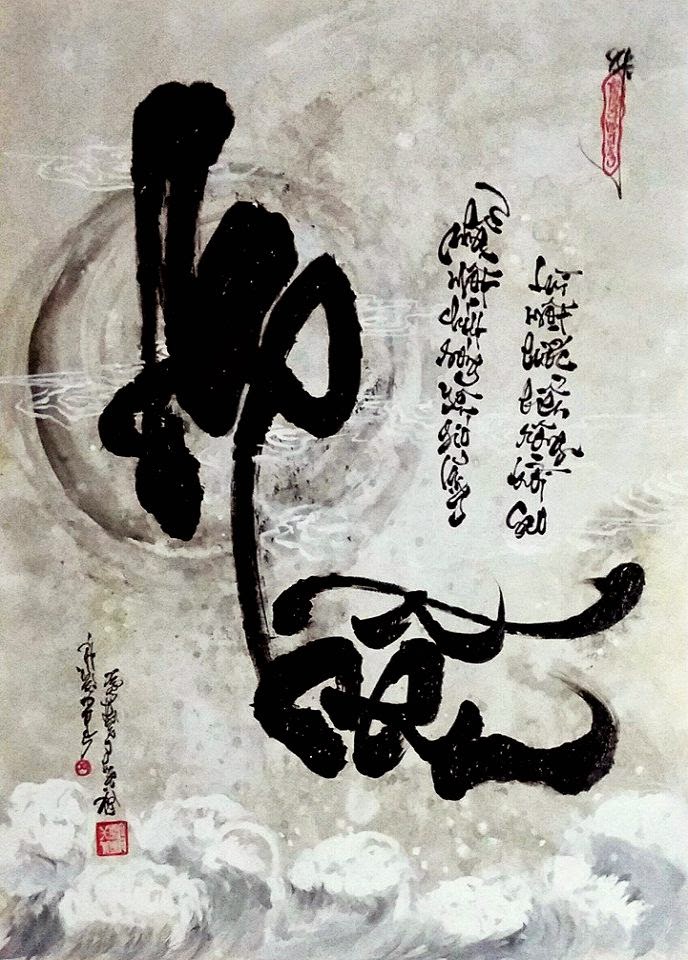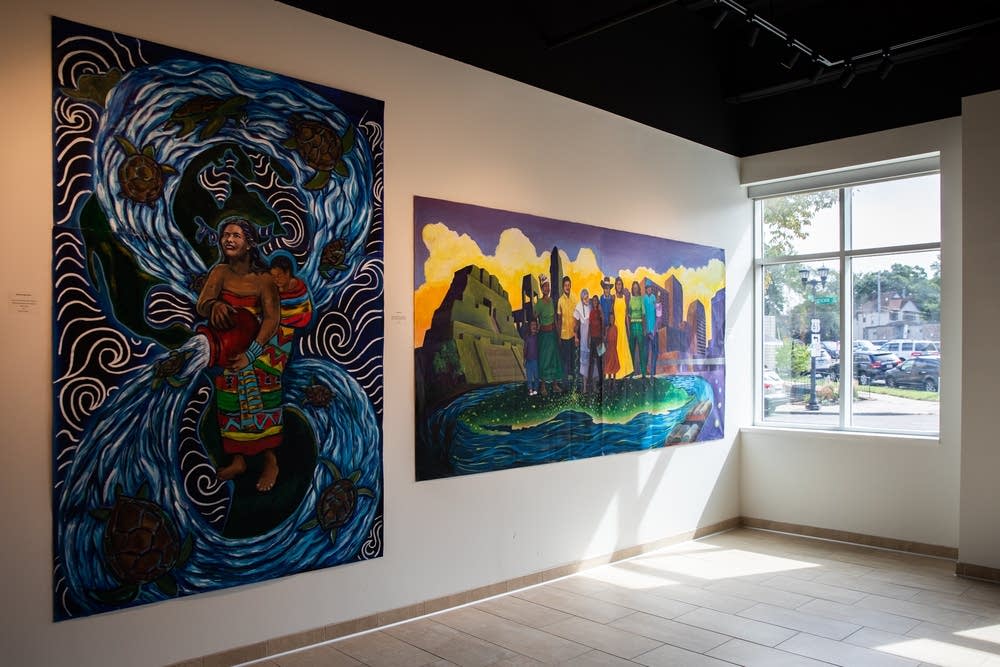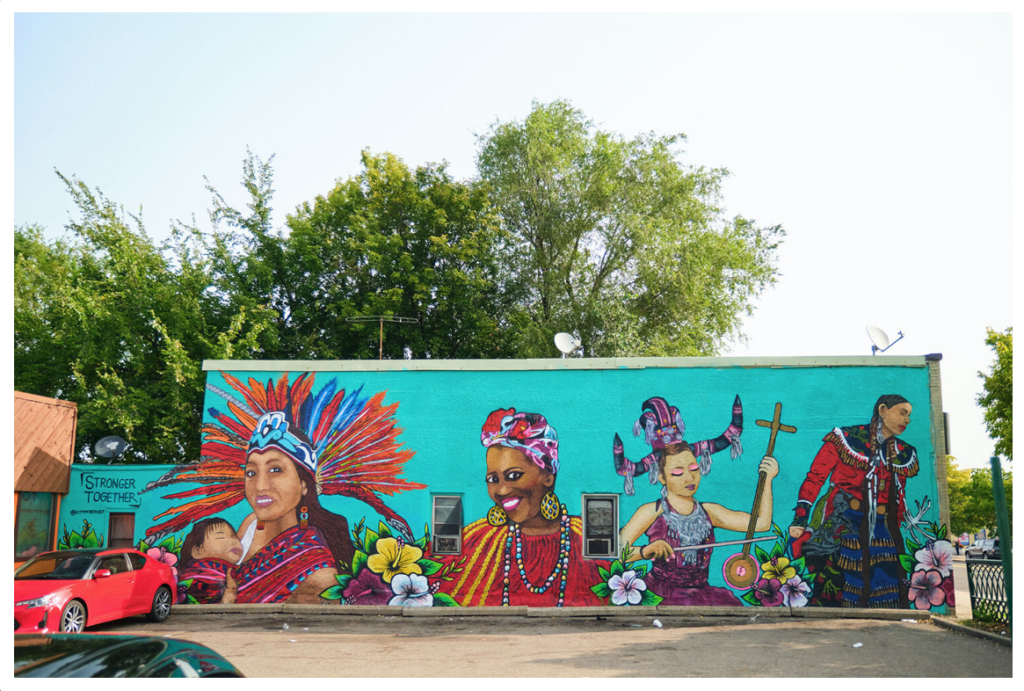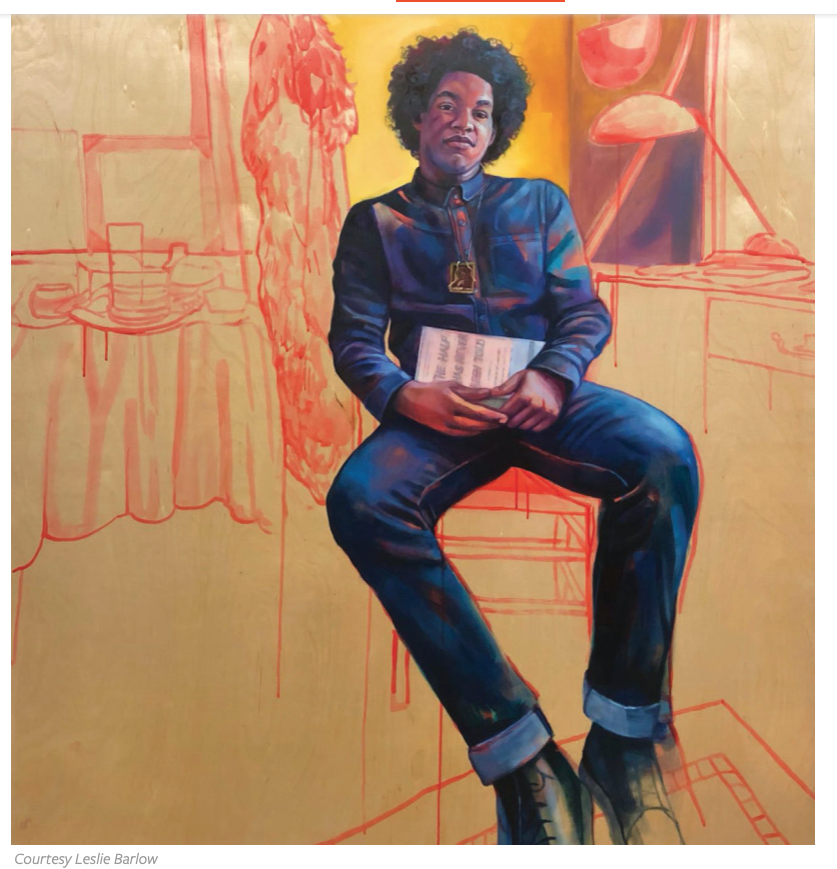Born in Japan, Hirabayashi began her musical journey at the age of 7, composing and playing the piano. She later graduated with a degree in composition from a Japanese college. During her studies, she discovered the harpsichord, an instrument that suited her small hands and her passion for rare instruments. In the 1990s, she moved to the United States to further her education in harpsichord performance and composition at the Juilliard School. Hirabayashi earned her doctorate from Juilliard with a dissertation focused on “Ornamentation in the Harpsichord Music of William Byrd.”
In the early 2000s, Hirabayashi moved to Minnesota, becoming an active member of the Japan America Society of Minnesota. She performs locally, nationally, and internationally, while composing and teaching. Her notable compositions include an opera, a Concerto for Four Harpsichords and Strings, and various solo harpsichord and chamber pieces. Hirabayashi’s interest in historical instruments led to her collaboration with violinist Margaret Humphrey, resulting in the formation of the duo Cerulean Fire in 2012, dedicated to high-quality music and increasing public appreciation for historical instruments. In 2014, she began producing the “Music and Flower” show with the Sogetsu Ikebana Group, a project initiated by her friend Eiji Ikeda of the Minnesota Orchestra. Regularly performing at the Baroque Room in Minneapolis and other global venues, including Japan, Carnegie Hall, and London, Hirabayashi collaborates with various string players and performers. She also teaches at her studio in the Saint Paul Conservatory.
Awards
- Multiple McKnight awards
- Minnesota Arts Board grants
- 2004: Solo Category Winner of the Aliénor Harpsichord Composition Competition
- 2008: Honorable Mention for the Duo Category Winner of the Aliénor Harpsichord Composition Competition
- 2010: CD The Harpsichord in the New Millennium was selected as one of the five best classical CDs of the year
- 2018: Gold Medal Award from Global Music Awards 2018
Asako Hirabayashi’s music is a testament to the power of artistic storytelling, where light and refreshing melodies blend masterfully into a vivid musical painting. Her compositions, including an opera, a Concerto for Four Harpsichords and Strings, and various solo harpsichord and chamber pieces, showcase her ability to creatively use sound to tell a story. Influences from her rich background and collaboration with historical instrument enthusiasts, such as her duo Cerulean Fire with violinist Margaret Humphrey, add depth and nuance to her work. Through her performances at prestigious venues like Carnegie Hall and the Baroque Room in Minneapolis, and her teaching at the Saint Paul Conservatory, Hirabayashi inspires AAPI creatives by demonstrating how cultural heritage and innovation can harmoniously intersect to produce powerful, evocative music.
Reference:https://www.youtube.com/watch?v=UQLLdG7j2p4 https://www.asakohirabayashi.com/bio

